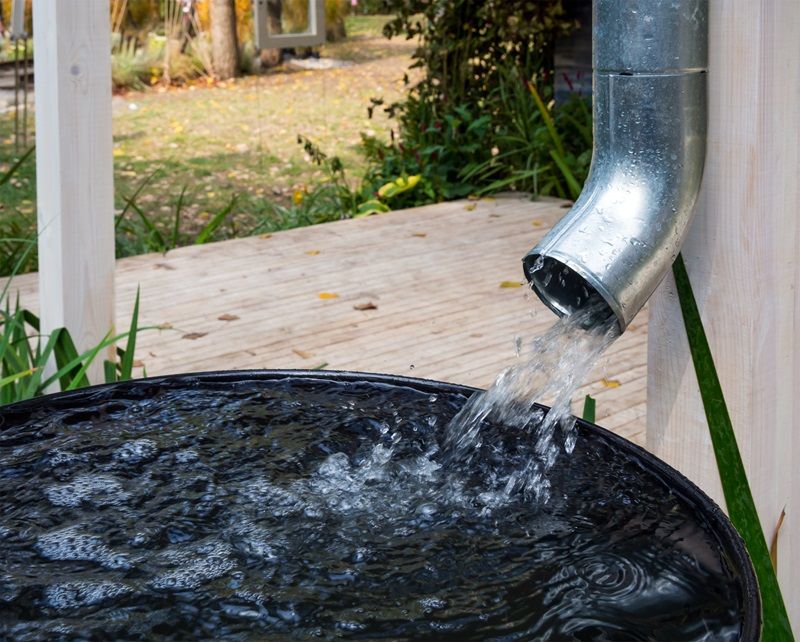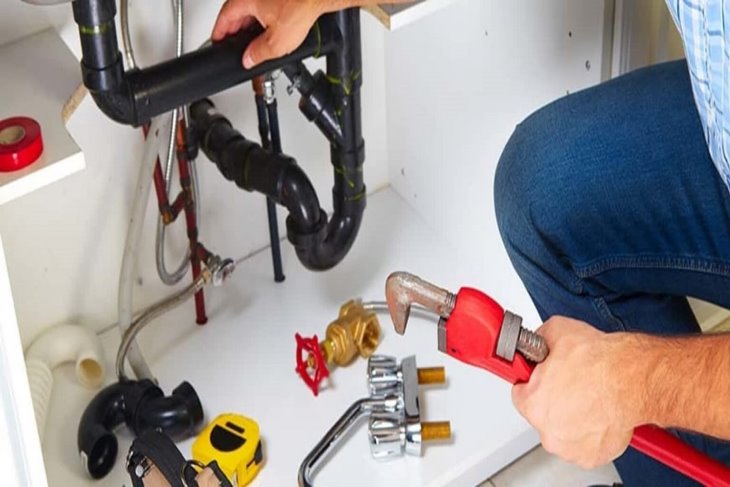Future of Plumbing: Trends and Breakthroughs Coming Soon
Future of Plumbing: Trends and Breakthroughs Coming Soon
Blog Article
What are your beliefs about The Future Of Plumbing: Trends And Technologies To Watch?

Introduction
The pipes industry is undertaking a transformative stage driven by technological improvements and expanding concerns for sustainability and effectiveness. This write-up explores emerging fads and innovations forming the future of plumbing.
Regulatory Landscape
Regulatory structures play an important function in shaping the fostering of pipes advancements, with standards and codes controling whatever from water performance to item safety. As modern technologies remain to progress, regulative bodies must adjust to make sure consumer protection and environmental stewardship.
Future Overview
The future of plumbing is characterized by proceeded technology and integration with other industries such as IoT, renewable resource, and structure automation. By embracing sustainable practices, leveraging arising technologies, and prioritizing user-centric layout, the plumbing market is positioned to attend to the advancing demands of society while decreasing its environmental impact.
Enhanced Truth in Pipes
Augmented Fact (AR) technology is reinventing pipes by supplying specialists with real-time visual support for troubleshooting and repair service jobs. AR-enabled wise glasses or mobile applications overlay digital info onto the physical atmosphere, assisting plumbers envision pipeline formats, determine concealed leaks, and implement fixings with precision.
Effect of 3D Printing
The development of 3D printing has presented new opportunities in manufacturing plumbing parts. From custom-designed components to detailed pipeline installations, 3D printing allows for quick prototyping and on-demand manufacturing, minimizing lead times and allowing better modification in pipes design.
Health and Safety Characteristics
In response to enhanced worries for health and safety, plumbing components are integrating functions such as antimicrobial surfaces, touchless operation, and self-cleaning mechanisms. These advancements not only enhance hygiene yet likewise advertise customer convenience and benefit.
Hygiene-focused Components
Touchless faucets, self-sanitizing toilets, and antimicrobial surfaces are becoming progressively widespread in domestic and business settings, decreasing the danger of germ transmission and promoting a cleaner, much healthier atmosphere.
Water High Quality Monitoring
Innovations in water top quality tracking innovations allow homeowners to keep track of the purity and security of their water system in real-time. Smart water top quality sensing units can identify contaminants, pH levels, and temperature level variants, equipping customers to take proactive procedures to ensure water security.
Remote Pipes Providers
Remote diagnostics and virtual assistance are changing the means pipes services are provided. Via video clip conferencing and remote access technologies, plumbing professionals can fix issues, supply advice for DIY repair work, and also perform remote assessments, providing higher ease of access and convenience to house owners.
Difficulties and Opportunities
While pipes advancements hold immense promise, they additionally present difficulties such as information personal privacy problems, regulatory conformity, and the requirement for labor force training. Addressing these difficulties requires partnership in between industry stakeholders and regulative bodies to ensure risk-free and responsible execution of new technologies.
Smart Plumbing Solutions
Including smart technology into plumbing systems allows remote surveillance, leak detection, and automated maintenance. Smart sensors and IoT (Internet of Points) tools allow home owners and plumbing technicians to keep track of water use and discover problems in real-time, resulting in a lot more effective resource administration and proactive maintenance.
Water Efficiency Solutions
With increasing focus on water preservation, cutting-edge services are being created to reduce water wastage in pipes systems. High-efficiency fixtures, greywater recycling systems, and clever irrigation controllers are among the modern technologies helping customers reduce their water footprint while maintaining convenience and comfort.
Lasting Products
The shift towards sustainability extends to plumbing products, with a growing preference for environmentally friendly alternatives. Naturally degradable piping materials, such as PEX (cross-linked polyethylene) and HDPE (high-density polyethylene), deal toughness and resistance to rust without compromising ecological stability.
Anticipating Upkeep
Anticipating upkeep methods utilize information analytics and artificial intelligence algorithms to expect and stop plumbing issues before they occur. By examining historical information and performance metrics, predictive maintenance formulas can recognize patterns and abnormalities, enabling positive treatments to prevent pricey repairs and disruptions.
Verdict
In conclusion, the future of pipes is specified by a merging of innovation, sustainability, and user-centric design. By accepting clever remedies, lasting materials, and aggressive maintenance methods, the pipes industry can boost effectiveness, advertise safety and security, and contribute to a more lasting future.
Plumbing Technology Trends 2024: Shaping a Sustainable and Efficient Future
Plumbing Technology: A Beacon of Innovation
Intelligent Plumbing Systems: The adoption of smart plumbing solutions offers unparalleled control over water usage, preventing waste and ensuring optimal efficiency. These systems can be installed by qualified contractors and may require technicians with expertise in new codes for proper functionality. Eco-Friendly Piping: Innovations in piping materials, like PEX and recycled content options, are making plumbing systems more sustainable. These materials are not only better for the environment but also durable and flexible, making them easier to install and less likely to need repairs. Automated Leak Detection: New plumbing technologies include systems that can automatically detect leaks. This is a big deal because it means we can fix them before they cause a lot of damage or waste too much water. It’s all about catching problems early and saving resources. Energy-Efficient Water Heaters: There’s also a big push towards devices that use less energy. This includes solar and tankless models, which provide hot water only when it’s needed, cutting down on energy use and costs. Plumbers: Champions of Sustainability
Adopting Green Practices: Contractors who specialize in sustainable plumbing can ensure your system meets the latest regulations and utilizes efficient valves. They undergo comprehensive training programs that emphasize sustainability in practices like eco-friendly installations. Water Conservation Efforts: Through the installation of high-efficiency appliances, plumbers are essential in reducing water consumption and promoting conservation. When repairing or replacing older fixtures, plumbers can recommend high-efficiency options that comply with local codes. Pipe: The Lifeline of Modern Plumbing
Innovative Pipe Solutions: The use of environmentally friendly and durable materials in pipes, like PEX and recycled content options, reduces the ecological footprint and enhances water quality. These innovative pipe solutions may require specialized repair techniques from qualified plumbers familiar with the materials. Advanced Leak Detection: Modern pipes are now more frequently equipped with sensor technology that can identify leaks early, conserving water and preventing damage. Early leak detection can save homeowners money on repair costs and potential water damage. Water Heater: At the Forefront of Efficiency
Renewable Energy Heaters: Solar heaters and other renewable energy-powered models are becoming more common, offering an eco-friendly alternative to traditional methods. These benefit the environment but can also potentially lead to lower water bills through reduced energy use. On-Demand Heating: Tankless heaters have gained popularity for their ability to provide hot water as needed, minimizing energy waste. This innovative technology eliminates the need for a large storage tank, freeing up valuable space and simplifying the installation process for qualified plumbers. https://intownplumbingtx.com/articles/plumbing-technology-trends/

Hopefully you liked our post on Innovative Plumbing Trends Transforming Construction. Thanks a lot for taking a few minutes to browse our short article. In case you enjoyed reading our page plz don't forget to share it. Thanks for your time. Please pay a visit to our site back soon.
Book Report this page